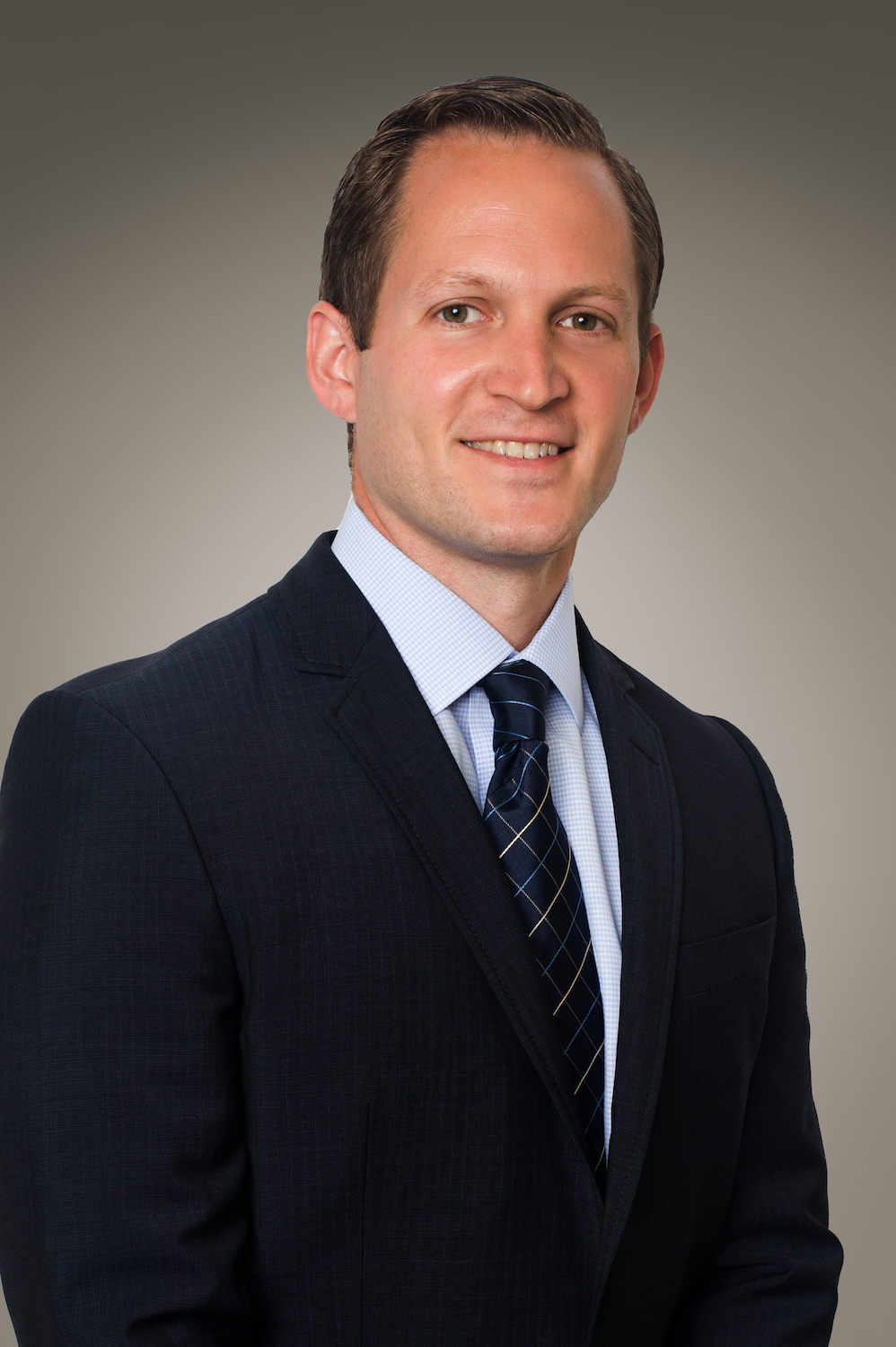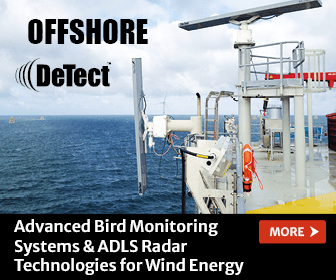A Windfall of New Sponsors Fueling Industry Growth
Project sponsors in the wind industry are becoming numerous and increasingly diverse. Over the past two years, the industry's brass has expanded beyond its handful of usual sponsors to include traditional independent power producers, utilities, and financial companies. There is also growing interest from institutional and strategic investors, as well as corporations looking to generate savings, create synergies, and achieve sustainability goals, and this movement should continue.
Operating wind asset ownership and pipeline project ownership is almost exclusively composed of prominent US power generators and experienced development subsidiaries of major European utilities, but the presence of newer pipeline owners can serve as a microcosm of the number and profile of industry sponsors.
The diverse makeup of companies which have acquired wind projects illustrates this point. Traditional utilities, private equity firms, and corporations are all investing in new wind projects.
What's driving sponsor diversification?
There are several key factors fueling the expansion of the wind industry's sponsor base. This heightened interest occurred over time due to incremental technological, economic, and political advancements.
More investors are becoming comfortable with turbine components, as well as project construction and O&M processes. The industry has achieved economies of scale by creating a vast and competitive landscape of manufacturers, suppliers, contractors, and service people. According to Bloomberg New Energy Finance (BNEF), turbine costs have declined by 30% from 2009 to 2015, and are forecasted to drop another 9% by 2025. Capacity factors have nearly doubled since 2000, and are expected to expand another 12% by 2025.
Beyond declining costs and growing capacity, recent political and legislative efforts are important industry drivers. The combination of the PTC extension with a several year run rate, the IRS's clarification of safe harbor rules, and various state and federal clean energy policies, offers much needed industry certainty. Potential sponsors can now take an extended view of the industry. For many, this provides sufficient time to formally launch renewable energy programs. Prior to the PTC extension last December, the boom-bust nature of the wind industry kept many sponsors on the sidelines. With much of the volatility in check, more sponsors are interested in committing to the industry.
These achievements have been critical to increased investment by a plethora of sponsors. However, there are other benefits less apparent and equally, if not more impactful, that are attracting new entrants.
Developers are selling projects to a larger collection of parties.
A few years ago, the majority of firms acquiring projects were a select group of US utilities and IPPs, as well as the US development arms of European utilities. Today, project M&A showcases the new sponsor universe. Novatus Energy's activity in the market is one example of a growing sponsor base. Over the last year, Novatus, who is backed by JP Morgan Asset Management, acquired several projects around the United States. Similarly, the largest US public utilities and asset managers have sought prized assets from developers. A significant portion of the US pipeline is controlled by developers without an exclusive partnership with the largest strategics.
The portfolio acquisition between SunEdison and Novatus Energy, LLC, is an example of the growing sponsor base. Over the last year, Novatus acquired several wind projects around the United States from the now bankrupt solar developer. Recent press has suggested that SunEdison will sell additional assets in Hawaii and Texas. Novatus and JP Morgan are representative of the quality of new sponsors.
Offtake agreements are becoming more diverse.
The variety of agreements are attracting new sponsors who either want exposure to differently structured revenue streams, or prefer to invest in a specific geography but can't do so under a traditional PPA arrangement. For example, hedge products have been essential to the Electric Reliability Council of Texas (ERCOT) market, and are now expanding capacity in other prominent markets such as Midcontinent Independent System Operator (MISO), Southwest Power Pool (SPP), and PJM Interconnection. Many financial firms offer hedges, which usually have shorter terms than traditional PPAs. The share of hedge products is expected to increase across different energy markets.
Other synthetic products are gaining traction. Apex Clean Energy's Cotton Plains portfolio used a 10-year Proxy Revenue Swap agreement with Allianz, the first of its kind. Capital Power's 178MW Bloom wind project in Kansas has executed a similar agreement with Allianz. There are other Proxy Revenue Swaps near execution in various power markets.
Corporate procurement continues to increase rapidly.
Companies would prefer to be directly contracted to their power sources. Many have set lofty sustainability goals. According to BNEF, in 2015, 40% of US wind and solar PPAs were signed with companies other than utilities. The American Wind Energy Association (AWEA) reported that 75% of wind PPAs inked in Q4 2015 were with corporates. Although corporate offtakers are difficult to contract with - due to shorter term contracts, lower quality credit entities compared to utilities, and basis risk and pricing ambiguity - they should continue to be a major offtakers in the market.
Corporate procurement has naturally led to corporate asset ownership. With over 68 of the world's largest companies committed to producing 100% of their electricity from renewable sources under RE100 (a company-based renewables procurement campaign), businesses are expected to play a greater role as sponsors going forward.
Capital markets are opening up.
Significant improvements are occurring in the tax equity and back leverage markets. The extension of the PTC, and investors' growing comfort with wind technology, has spurred the number of active tax equity participants to approximately 30 tax equity investors - an historic high. Many of these investors did not initially accept non-traditional sponsors, such as financial sponsors. With finite projects, the influx of investors has created a more competitive landscape. Tax equity investors are now taking on new partnerships, with greater flexibility for newer sponsors beyond large strategics.
The increased role of back leverage in transactions has also attracted new sponsors. Lenders were originally sidelined for several reasons: tax equity was not comfortable with senior project level debt in the capital stack; lenders weren't comfortable being secondary to tax equity investors with the holdco structure required for back leverage; and traditional strategics financed projects on balance sheet.
Without debt, many potential financial sponsors could not meet return hurdles. As more deals were executed, tax equity investors and lenders became more comfortable with each other. This caused back leverage spreads to converge to those offered by standard project level senior debt, and project returns to increase from ~8-10% to 10-12%, ultimately making investments economical for financial sponsors. Spreads were also reduced due to an increase in the number of lenders in the market, and the market's improved understanding and appropriate risk assessment of the holdco debt structure.
Potential deterrents to the windfall
Oversaturation in ERCOT is expected to continue to stress investment. While this may slow project construction in the near term, forecasts remain strong. The further proliferation of hedges, proxy revenue swaps, and other synthetic offtake products is paramount. New transmission and scalable, cost effective storage could provide needed decongestion.
A second factor that could deter sponsor interest is the increase in development of smaller (<50MW) wind projects. Many potential sponsors will shy away from projects of this size, as their investment criteria typically call for bigger checks. This issue may be exacerbated by the lack of available tax equity and back leverage at this smaller scale.
 Nick Knapp is a managing director and Jason Sternberg is an analyst at CohnReznick Capital Markets Securities, an investment bank specializing in renewable energy.
Nick Knapp is a managing director and Jason Sternberg is an analyst at CohnReznick Capital Markets Securities, an investment bank specializing in renewable energy.
CohnReznick Capital Markets Securities | www.cohnreznickcapmarkets.com
Author: Nick Knapp and Jason Steinberg
Volume: 2017 January/February




.jpg?r=4017)






.jpg?r=9291)
